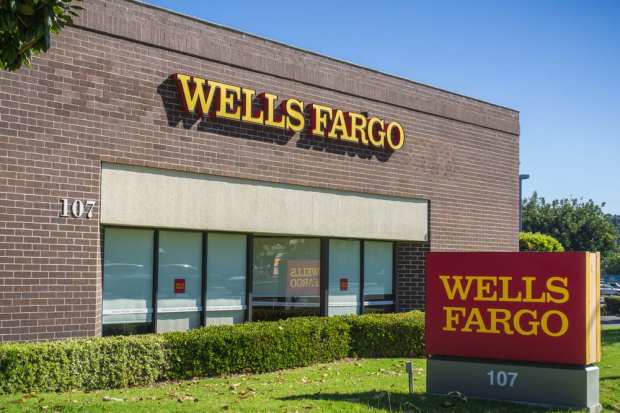Credit Cards, Auto Loans Drive Better Than Expected Earnings For Wells

Wells Fargo came through with a better than expected earnings report on Friday morning (April 12) before the market opened. Revenue came in at $21.609 billion, ahead of the $21.012 billion forecast, while earnings was $1.20 per share, well above the $1.09 analysts had been expecting pre-release.
“Our financial results included continued strong credit performance and high levels of liquidity,” CFO John Shrewsberry said in a statement. “In addition, our continued de-risking of the balance sheet and consistent level of profitability have resulted in capital levels well above our regulatory minimum.”
Consumer transactions and auto loans were the main driver of Wells’ Q1 performance. Credit card transactions hit $18.3 billion in the quarter, a 5 percent year-on-year increase, while debit purchases picked up 6 percent annually to $86.6 billion. Auto loans saw a massive year-on-year gain of 24 percent to $5.4 billion.
Deposits fell by a smaller amount than forecast and totaled $1.3 trillion. Loans logged in at $950.1 billion, mostly in line with analysts’ forecasts.
There were, however, some unfavorable numbers that analysts had questions about. The banks’ efficiency ratio came in at 6.4 percent, a higher than expected figure. Higher-efficiency ratios can be an indication that a bank’s spending is outstripping what it is earning.
There are also concerns about Wells’ management future, as CEO Tim Sloan departed the firm on March 28 after a 31-year tenure at the bank. C. Allen Parker, Wells Fargo’s general counsel, is currently serving in the role of interim CEO. Sloan’s three-year tenure in the top job was short but eventful, as he replaced long-time CEO John Stumpf as CEO in 2016 in the wake of revelation that Wells Fargo employees had created millions of fake accounts to meet sales quotas. That led to a series of other discoveries of anomalies in the banks’ practices over the last several years.
“We have more work ahead of us,” Parker said in a statement, noting the company’s efforts “are focused on creating a first-rate organization that is characterized by a strong financial foundation, a leading presence in our chosen markets, focused growth within a responsible risk management framework, operational excellence and highly engaged team members.”
Despite a better than expected performance last quarter, Wells thus far has trailed its competitors this year when it comes to stock growth. Stocks increased by about half a percent on the announcement of earnings in pre-market trading, and has seen its stock price climb 4 percent in 2019 thus far. JPMorgan Chase, on the other hand, is up 9 percent, while Bank of America is up 18 percent.
